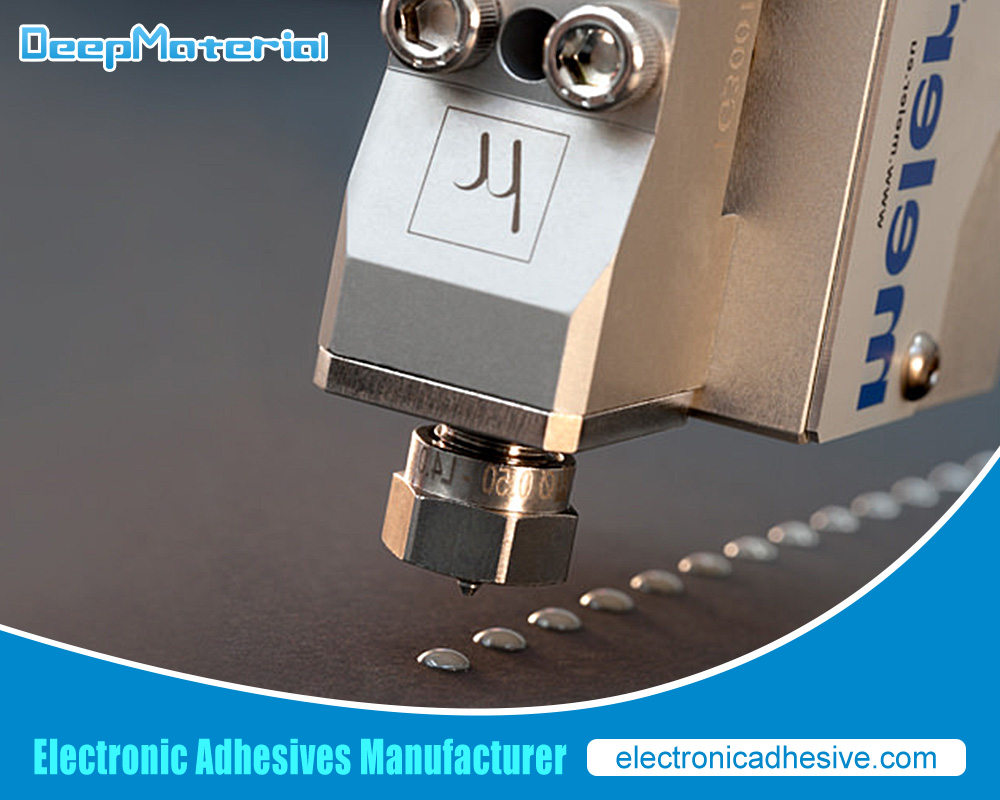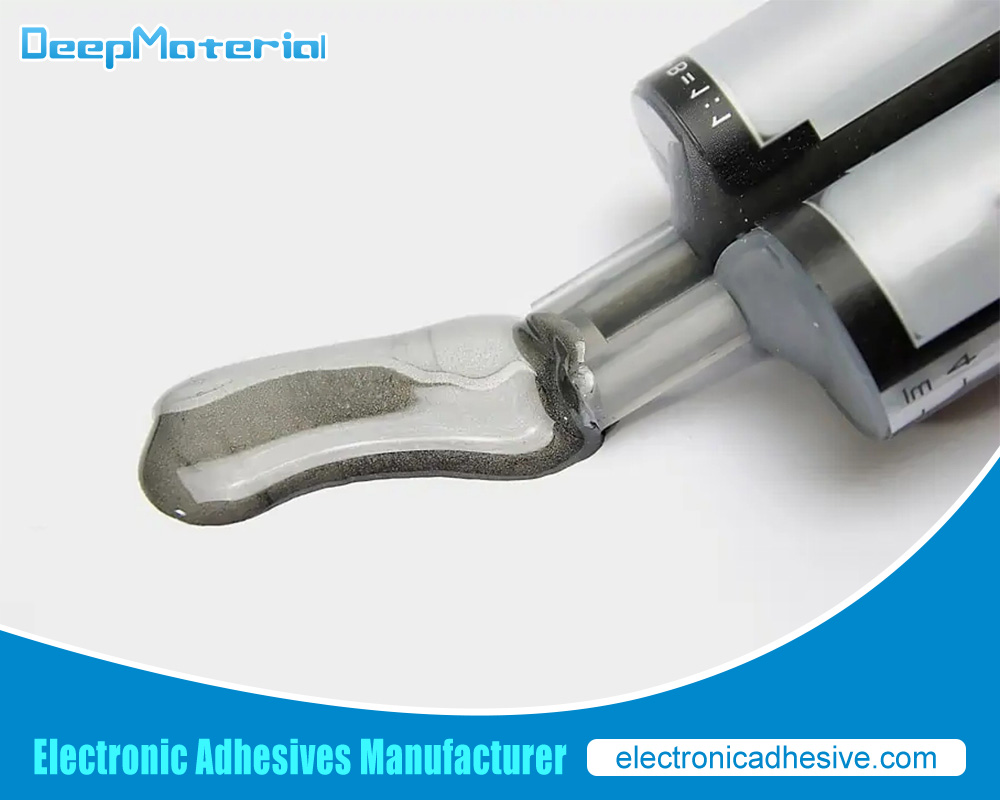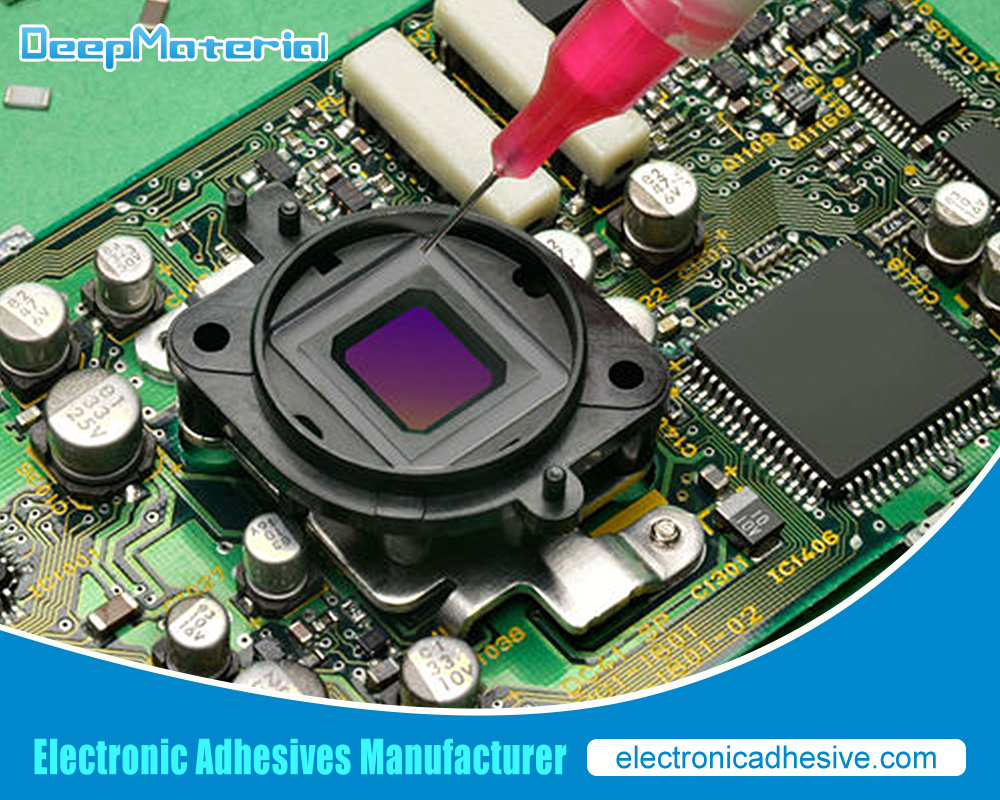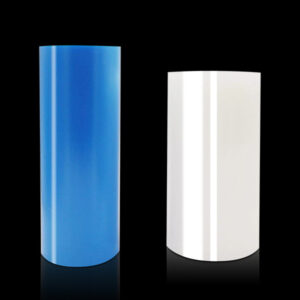The Future of Potting Material for Electronics: Trends and Innovations
The Future of Potting Material for Electronics: Trends and Innovations
As technology continues to advance at an unprecedented pace, the need for reliable and efficient potting materials has become increasingly crucial. From protecting delicate electronic components to enhancing their performance, potting materials play a vital role in ensuring the longevity and functionality of electronic devices.
In this article, we will explore the latest trends and innovations in potting materials, shedding light on how they are revolutionizing the electronics industry. So, let’s embark on this exciting journey into the future of potting material for electronics!

Emerging Trends in Potting Material for Electronics
In recent years, there have been significant advancements in potting material technology. Two of the most promising trends are the use of silicone and polyurethane as potting materials. Silicone is known for its flexibility and resistance to moisture and chemicals, making it an ideal choice for applications where the electronic components may be exposed to harsh environments. Polyurethane, on the other hand, offers excellent mechanical strength and can withstand high temperatures, making it suitable for applications that require heat resistance.
These materials have gained popularity due to their superior properties compared to traditional potting materials. They provide better protection for electronic components and can extend the lifespan of devices in challenging environments. Additionally, silicone and polyurethane are more versatile and can be used in a wide range of applications, from consumer electronics to industrial machinery.
Innovation of Nanotechnology
Nanotechnology has emerged as a promising field for improving the properties of potting materials. By incorporating nanomaterials into the potting material matrix, researchers have been able to enhance thermal conductivity, mechanical strength, and other important properties. One example of a nanomaterial being used in potting material is graphene, which is known for its excellent thermal conductivity and electrical properties. Carbon nanotubes are another nanomaterial that has shown promise in improving the mechanical strength of potting materials.
These advancements in nanotechnology have opened up new possibilities for potting material design. By manipulating the properties of nanomaterials, researchers can create potting materials that are more efficient at dissipating heat, providing better protection for electronic components. This can lead to improved performance and reliability of electronic devices, especially in applications where heat dissipation is critical.
Innovation of Biodegradable Materials
With the increasing focus on sustainability, there is a growing interest in developing biodegradable potting materials. These materials are designed to break down naturally over time, reducing waste and environmental impact. One example of a biodegradable material being used in potting material is polylactic acid (PLA), which is derived from renewable resources such as cornstarch or sugarcane. Starch-based polymers are another biodegradable option that is being explored for potting material applications.
Biodegradable potting materials offer several advantages over traditional materials. They can reduce the amount of waste generated from electronic devices and minimize the environmental impact of their disposal. Additionally, these materials can be recycled or composted, further reducing their carbon footprint. As the demand for sustainable solutions continues to grow, biodegradable potting materials are likely to become more prevalent in the electronics industry.
Innovations of Conductive Adhesives
Conductive adhesives are emerging as an alternative to traditional potting materials. These adhesives not only provide protection for electronic components but also offer electrical conductivity. This eliminates the need for additional wiring or soldering, reducing the weight and complexity of electronic devices. Conductive adhesives are particularly useful in applications where space is limited or weight reduction is critical, such as in portable electronics or wearable devices.
Adhesives also offer excellent adhesion properties, allowing for secure bonding between different materials. This can improve the overall durability and reliability of electronic devices. Additionally, conductive adhesives can be applied in thin layers, making them suitable for applications where space is limited or complex geometries need to be accommodated.
Innovation of 3D Printing
3D printing has revolutionized many industries, and the electronics industry is no exception. It is now possible to create custom potting material shapes and designs using 3D printing technology. This allows for greater flexibility and customization in potting material applications. 3D printing also reduces waste by only using the necessary amount of material, making it a more sustainable option compared to traditional manufacturing methods.
The benefits of 3D printing in potting material applications go beyond customization and waste reduction. It also enables the creation of complex geometries that would be difficult or impossible to achieve with traditional manufacturing methods. This opens up new possibilities for designing electronic devices with unique shapes and functionalities. Additionally, 3D printing can reduce the time and cost associated with prototyping and production, making it a more efficient option for potting material manufacturing.
Future Applications of Potting Material for Electronics
The future of potting material for electronics looks promising, with potential applications in various industries. One area where potting material is expected to play a significant role is in the automotive industry. As vehicles become more advanced and rely on electronic systems for various functions, the need for reliable and durable potting materials will increase. Potting materials that can withstand high temperatures, vibrations, and exposure to chemicals will be essential for ensuring the performance and longevity of electronic components in automotive applications.
Another industry where potting material is expected to have a significant impact is aerospace. Electronic systems used in aircraft are exposed to extreme temperatures, high humidity, and vibrations. Potting materials that can provide effective protection in these harsh environments will be crucial for maintaining the reliability and safety of aircraft systems. Additionally, the lightweight and customizable nature of potting materials can contribute to weight reduction and improved fuel efficiency in aerospace applications.

Conclusion: The Future of Potting Material for Electronics
In conclusion, potting material plays a crucial role in protecting electronic components from environmental factors and ensuring their optimal performance and reliability. While there are still some challenges to overcome, such as the need for high-temperature resistance and more sustainable options, there have been significant advancements in potting material technology.
Emerging trends such as the use of silicone and polyurethane, as well as innovations in nanotechnology, biodegradable materials, conductive adhesives, and 3D printing, are shaping the future of potting material for electronics. These advancements offer improved properties, customization options, and sustainability, opening up new possibilities for the design and functionality of electronic devices.
For more about choosing the Future of Potting Material for Electronics, you can pay a visit to DeepMaterial at https://www.electronicadhesive.com/about/ for more info.











